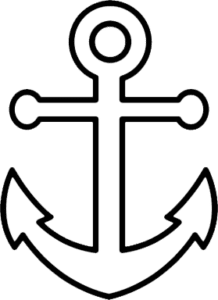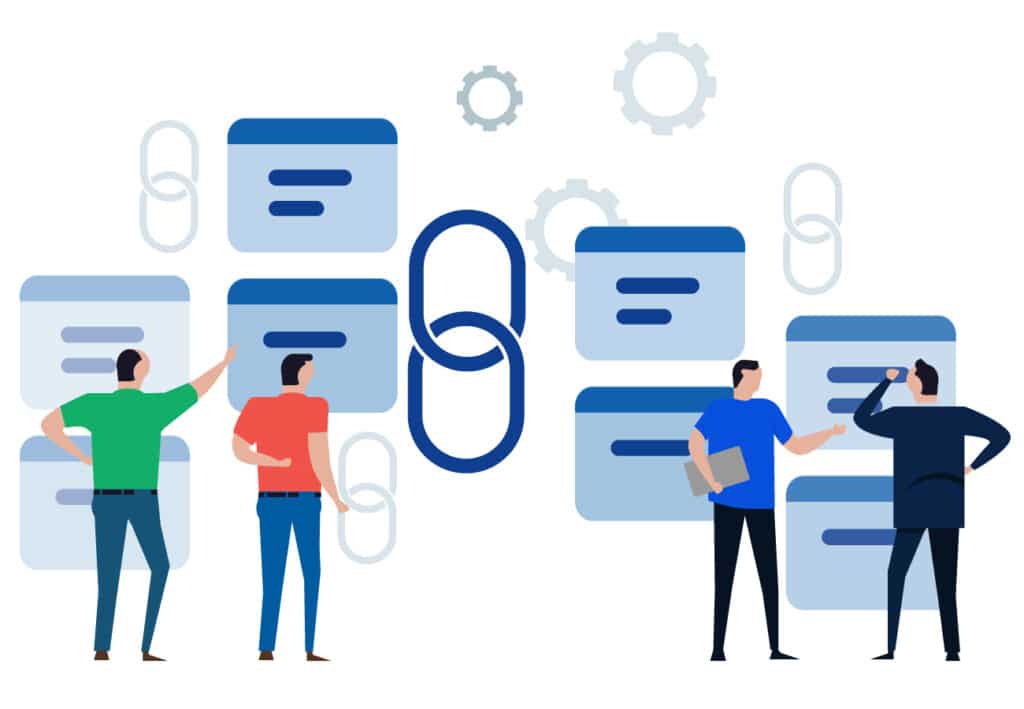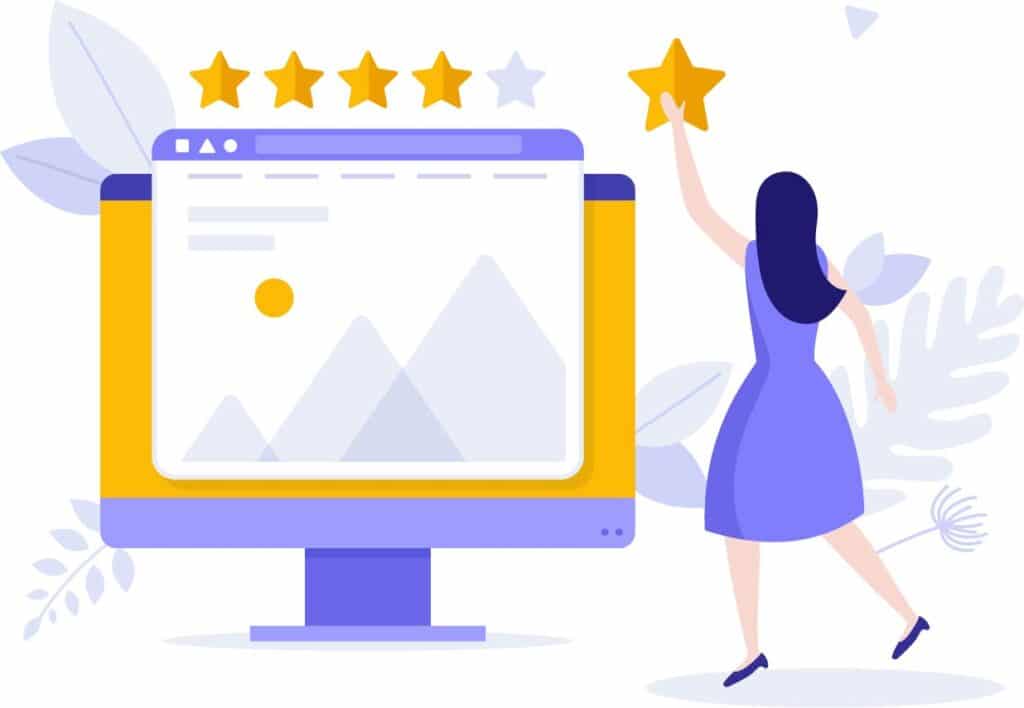A backlink is simply any url that links back to your website. If you’re not keeping track of who is linking to your site, as well as the type of link that’s posted, you’re losing out on some serious SEO power.
Why is Back Linking Important?
Having a healthy back link profile is important for making sure your site can be found by as many people as possible. Links help with search engine optimization by passing the authority of the origin site to the destination site- think of a link as a vote for that particular website to be shown to others. When Google is trying to figure out which sites are most relevant to any given search, one of the things they look at is how many other places link to it.
There are lots of other things that go into it, of course, and people have gamed the system heavily over the years, so not all links in all places give the same benefits. Consider this less of a deep dive into page ranking and more of a pitch to add these strategies to your SEO toolkit.
Site Reputation
![]()
Any link from someone else’s website to yours is a backlink, but not all links are created equal, and it has an impact on both the site hosting the link and the location the link points to.
High Authority Links
Sites like the New York Times and Forbes which are extremely highly ranked will give (significantly) more SEO power than a website that is less highly regarded.
Toxic Links
Over the years, Google has actively penalized the rankings of websites who have, at least in their eyes, overused link-building techniques — often referred to as over-optimization.
In 2012, they rolled out the first of many updates targeting specific link building techniques and more or less changed the game. From this point forward, “low-quality” link building techniques could not only be a waste of time, they could also severely damage a website’s ability to rank well at all.
These days, it’s often considered worse to be linked to by an un-reputable site than it is to not receive the link in the first place. There are ways to de-list yourself if needed, of course, but it’s worth throwing out there that receiving no-follow links can actually be a benefit if the website posting the link looks obviously over-optimized.
 Anchor Text
Anchor Text
The anchor text is the text shown visually on a web page, and does not define where you’re sent when clicking the link. When you see something that looks like a plain link (https://example dot com) that is also anchor text. (The actual link will look like <a href=”https://example dot com”> your text here </a>) Besides telling humans where they’re being sent and why, anchor text is great for including keywords.
A lot has been said about the importance of keywords in your anchor text, but we’ll settle for saying not to overdo it. If your anchor text reads “click here”, you’re not getting any kind of keyword boost relevant to your website. Conversely, if your text reads “Web Design Designers Web Developers Local Business WOW”, search engines (google) will recognize that as essentially spam and devalue that link.
Types of Links

No-follow Links vs Do-follow
The term “do-follow” makes this type of link sound a bit more impressive than it is. Do-follow links are simply unmodified links that don’t include any instructions for search engines to ignore them.
No-follow links include a specific instruction (rel=”nofollow”) within the link, and traditionally don’t pass any authority to the website being linked. This has been the case since the concept of no-follow rolled out in 2005. As of March 2020, however, google says that some no-follow links might now be considered based on context. The best way to think about it is that google now treats no-follows as a very gentle “maybe” rather than an absolute “no”.
In short: do-follow links pass value/authority, no-follow links (usually) do not. All links are do-follow unless a specific tag is added in.
Sponsored Links and UGC
As discussed, too many links to random or unrelated places can hurt a website’s ranking. When no-follow rolled out, sites like Wikipedia changed all links across the board to no-follow out of fear of being penalized. This, perhaps, took things too far and since then, Google has provided several other categories of link types which they can fine tune behind the scenes.
Sponsored links (rel=”sponsored”) are for any situation where money or goods has changed hands in exchange for a link. It’s generally understood to limit ranking (and protect sites from taking a rank hit when selling ad space), but is as much a way to help google understand and categorize these links as anything.
UCG stands for User Generated Content, and also exists in a murky gray area as far as rankings go. This is intended for sites with forums and message boards, and does (maybe, probably, somewhat) what sponsored and no-follow tags do.
This is a good time to throw out that Google tinkers with their ranking system all the time. A method that’s been tried and true for years might find itself obsolete after a new update, and things that previously had no benefit might suddenly appreciate in value. All we can do is keep up-to-date with the data as best we can.
Tips for a Great Backlink Profile

Directories
While directories aren’t quite the first stop on our search for a useful website these days, they still have lots of value. Finding online directories that are relevant to your website and submitting them is a great way to get your name out there and start building a healthy backlink profile.
Many directories charge for a do-follow backlink, require a reciprocal do-follow link on your own site, and/or can flood your inbox with promotions though, so use your own best judgement.
Competitor links
Another common practice is to scope out your competition. There are plenty of sites and services that list a website’s backlink profile, and there’s no reason not to see if you qualify for some of those listings as well. This is a little trickier with graphics and web design, because many people will backlink creators who contributed to their site specifically- But all that means is that as your portfolio grows, you’ll slowly see your backlinks follow.
Write guest posts
The idea behind page ranking is to deliver high quality content to anyone looking for it, and sometimes the best solution isn’t to game the system. Check out other websites and blogs talking about related topics, and pitch them an article for them to post on their blog. You’ll receive the boost in page rank, they’ll have a free article, and more interesting and high quality content will be available to any and everyone.
Contact influencers
This is really a followup to our section on guest posting, but if you can find an influencer who might be interested in your products or services, pitch it to them. Many people offer freebies in exchange for a feature, but that’s far from necessary. Getting a high-quality link from someone with a massive following is often worthwhile, though, however you accomplish it.
Suppliers and retailers
Does your company provide goods or services to other businesses? If so, there’s a good chance that those businesses might be willing to list you as one of their suppliers.
Local community
Do you have any ties to your local community? There are tons of reasons why this is a great idea, but one of them is definitely promotion. Try reaching out and building some connections, not just with customers, but also other businesses in your area.
Great (and sometimes underappreciated) Directory Sites
Web Design Directory
DesignDir.net is an industry leading web design and development directory. We bring together the best designers and their customers.
Thales Directory
Viesearch – Life powered search
YellowLinker – Free Link Directory
Moms Web Directory
Oregon SEO Listings
Ranaf Directory
Web Directory
Popular Web Directory
Seo Friendly – Life Time Links Web Directory
FAT64.NET
Directory Website Promote
Delta Free Web Directory
Web Design and Development Directory
WordPress Directory
Dentists Marketing
General Web Design Listings
LinkPedia Web Directory
Business Directory
PakRanks Web Directory
Evolving Critic Business Web Directory
SEO Optimization Directory.com
Just Directory.org
